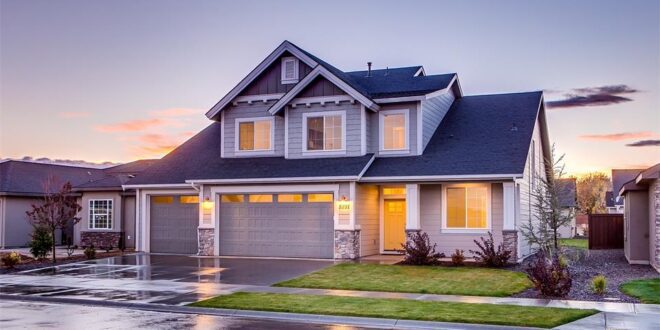As energy costs rise and the environment faces growing challenges, homeowners are looking for ways to make their homes more energy-efficient and eco-friendly. Using sustainable energy is an effective way to reduce both energy costs and carbon footprints.
This guide covers a range of renewable energy options that are practical and accessible for modern homes.
1. What Is Sustainable Energy?
Sustainable energy is generated from renewable resources, which are naturally replenished and have a lower environmental impact compared to fossil fuels.
These renewable sources—like solar, wind, and geothermal energy—are cleaner alternatives that reduce greenhouse gas emissions while helping homeowners meet their energy needs in an eco-friendly way.
When considering solar energy options for your home, resources like customsolarandleisure.com can provide valuable information and guidance on the latest solar technologies and installation services.
2. Solar Energy: Harnessing the Sun’s Power
Solar power is one of the most popular forms of sustainable energy, especially for homes. Solar panels use sunlight to generate electricity, and the technology has advanced significantly in recent years, making it a more efficient and cost-effective option.
- Costs and incentives: Although installing solar panels can be costly initially, many regions offer tax credits and incentives to reduce the financial burden. Over time, homeowners typically recover their investment through savings on their energy bills.
- Environmental benefits: Solar energy is renewable, and the use of solar panels drastically cuts down on greenhouse gas emissions. It’s a clean, sustainable solution for long-term energy needs.
3. Wind Energy: A Suitable Option for Open Spaces
For homeowners living in areas with consistent wind, small wind turbines are another viable option. These turbines generate electricity by converting wind energy into mechanical power.
- Where it works best: Wind energy is particularly effective in rural and coastal areas where there is a constant and strong wind flow. These areas can benefit greatly from the high efficiency of wind turbines.
- Maintenance and installation: While the installation of wind turbines requires careful planning and space, once operational, they offer a significant amount of clean energy. Regular maintenance is necessary, but the benefits outweigh the costs over the long term.
4. Geothermal Energy: Sustainable Heating and Cooling
Geothermal energy utilizes the consistent temperatures found below the Earth’s surface to heat and cool homes. A geothermal heat pump system can be installed to provide efficient climate control by transferring heat between the ground and the home.
- Energy efficiency: Geothermal systems use much less electricity compared to conventional heating and cooling methods, making them an energy-efficient option. They are a great way to reduce reliance on fossil fuels and lower energy bills.
- Installation: The installation process can be expensive and involves significant groundwork, but once installed, geothermal systems offer long-term savings and reduced energy consumption.
5. Hydropower: Harnessing Water for Energy
Hydroelectric systems are another form of sustainable energy best suited for homes near flowing water such as rivers or streams. Micro-hydro systems convert the kinetic energy of moving water into electricity, providing a consistent energy supply.
- Who can use it: Hydropower is ideal for homes that have access to a nearby natural water source. Unlike solar or wind energy, which rely on weather conditions, hydropower can generate electricity continuously.
- Low environmental impact: Micro-hydro systems are less disruptive to the environment than large hydroelectric dams, making them a sustainable option for homeowners with access to water resources.
6. Improving Home Energy Efficiency
Improving the energy efficiency of a home is essential for reducing energy consumption and costs. Simple upgrades, such as improved insulation and modern energy-efficient appliances, can significantly reduce your home’s energy use.
- Insulation: By properly insulating walls, attics, and floors, homes lose less heat in the winter and stay cooler in the summer, cutting down on the need for heating and air conditioning.
- Smart technology: Using smart thermostats and energy-efficient appliances allows homeowners to monitor and control their energy use more effectively. These devices can make a big difference in overall energy savings.
Conclusion
The transition to sustainable energy for homes is an important step toward a cleaner, more energy-efficient future. Homeowners can choose from a variety of renewable energy sources—such as solar, wind, geothermal, and hydropower—to suit their unique location and needs.
When combined with energy efficiency improvements, these sustainable energy solutions not only help the environment but also provide significant cost savings over time. Sustainable living is no longer a distant goal; it is achievable today with the right choices and investments.
 khamush.com Lifestyle | Motivation | Poems
khamush.com Lifestyle | Motivation | Poems



